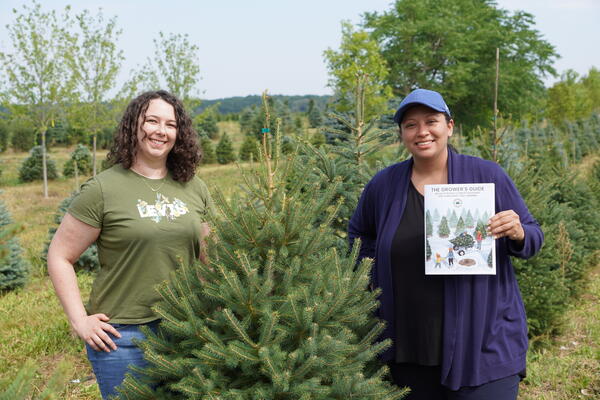
Climate change and driving rain
Climate change could make commuting more treacherous as snowfall increases and rain storms become heavier and more frequent, says a Waterloo researcher.

Climate change could make commuting more treacherous as snowfall increases and rain storms become heavier and more frequent, says a Waterloo researcher.
By Sam Toman Faculty of EnvironmentAs our climate changes, flooding, fire, tornadoes and drought likely sit atop many people’s list of potential environmental hazards.
But those of us who get behind the wheel of a car for our daily trek to the office could be facing an increasingly treacherous commute, says Jean Andrey, a professor in the Department of Geography and Environmental Management
Andrey, who has been with the department in the Faculty of Environment for 24 years, is an expert on weather and society – especially how weather, in combination with other variables, affects road safety in Canada.
Driving rain
Not surprisingly, the two greatest environmental risks for the average driver are reduced friction and impaired visibility. “Of course precipitation does both to different degrees,” says Andrey. And while driving in the rain and snow is nothing new for Canadians, climate change is likely to result in some surprises for motorists.
“Many places are expected to have milder and shorter winters, which will translate into fewer snow-related collisions. But an offsetting factor is rains—which are expected to occur more often and be heavier,” says Andrey. “And there is also the issue of heavier snowfalls in some parts of the country. Both of these increase risk.”
Data helps communities adapt
However, not all commuters will suffer the same effects of climate change. “The story is regional,” explains Andrey who is working with the Transportation Association of Canada to provide them with data they can use to help different Canadian jurisdictions adapt to the specific climate changes in their communities. “Some regions are likely to have fewer weather-related collisions and others are likely to have more.”
It is a complex problem requiring more than just knowing how much more precipitation there will be. Each region has a different mix of vehicles and types of roads. For instance, recommendations for an urban intersection in Vancouver will be different than a rural highway in southwestern Ontario.
Local driving culture also plays a part. As explained by Andrey, “Quebec is the only Canadian jurisdiction that requires snow tires but drivers in some parts of Canada are more likely to use snow tires voluntarily than in other parts.”
The climate change genie cannot be put back in the bottle, so policy must be part of the solution. “One of the things that a few jurisdictions in the world have implemented is a differential speed limit for rain or for snow,” she says. “Just drop it 10 km per hour when you’ve got inclement weather.”

Read more
Here are the people and events behind some of this year’s most compelling Waterloo stories

Read more
Waterloo researchers are helping to make a much-loved holiday tradition more sustainable all year round

Read more
Researchers awarded funding to investigate ecology, climate change, repatriation, health and well-being through cultural and historical lens
The University of Waterloo acknowledges that much of our work takes place on the traditional territory of the Neutral, Anishinaabeg, and Haudenosaunee peoples. Our main campus is situated on the Haldimand Tract, the land granted to the Six Nations that includes six miles on each side of the Grand River. Our active work toward reconciliation takes place across our campuses through research, learning, teaching, and community building, and is co-ordinated within the Office of Indigenous Relations.